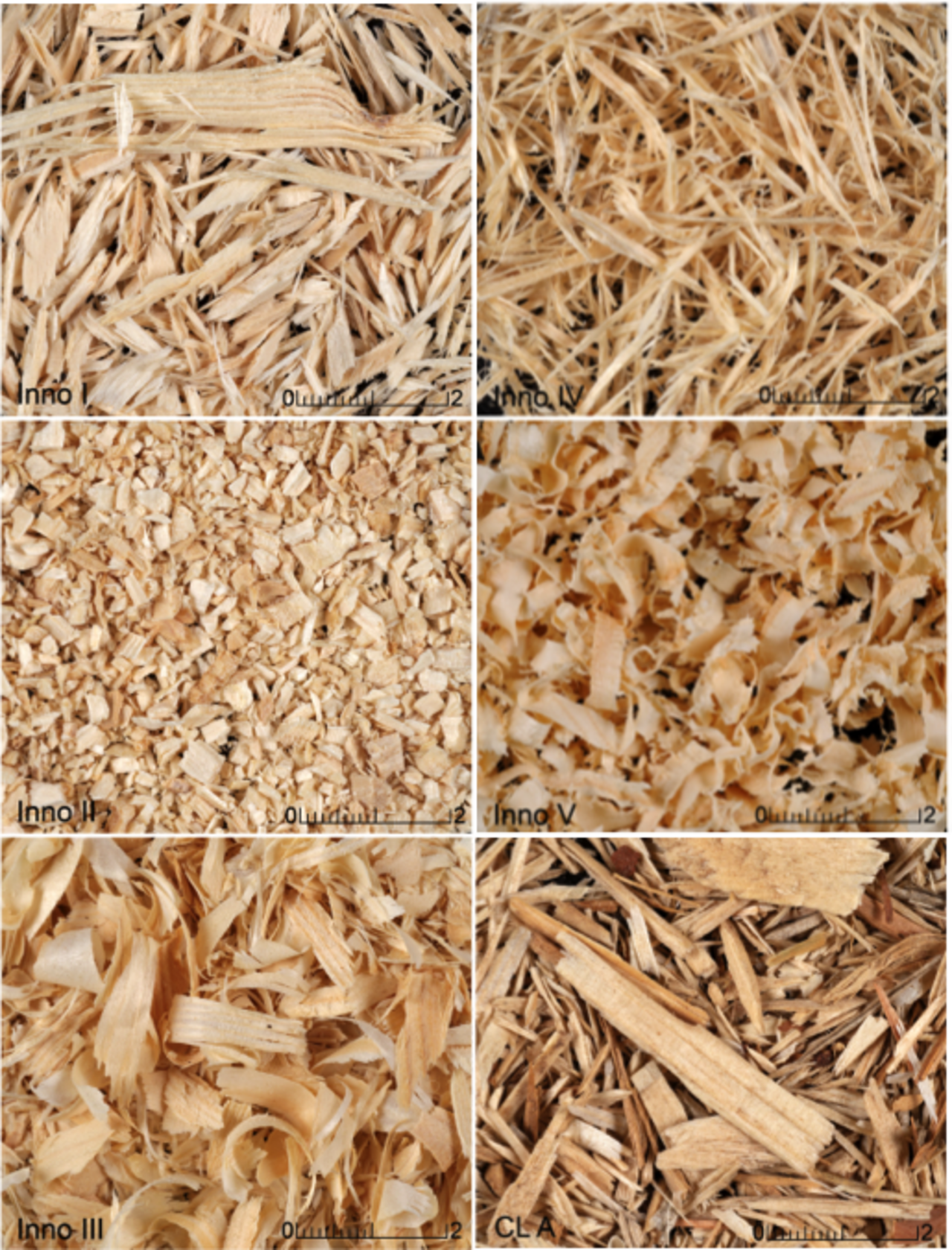Project
Lightweight panels from particles with innovative geometry

Development of lightweight wood-based panels by means of particles with defined orientation and morphology
Less and less wood is to be used for the production of particleboard. At the same time, however, the properties of the panels should not change. The use of innovative particle geometry seems to be the solution to overcoming this contradiction.
Background and Objective
With an annual production of approximately 28.4 million m3 in 2013 (EPF, 2012), particleboard is the most important wood-based material in Europe. The increased demand for wood leads to higher prices and so reduces the profitability of particleboard production. Since the production of particleboard is optimized and automated to a high degree, cost savings can practically be achieved only by reducing the raw material costs. In addition to different approaches to achieving more favourable purchase prices, a reduction in the cost of raw materials can be achieved by the reduction of raw material consumption, which in consequence results in a reduction of board density. However, a reduction in board density leads systematically to a reduction of board properties. With different concepts, each of which features specific advantages and disadvantages, it is attempted to compensate the reduction in quality. For example, introducing lightweight fillers into the panel leads to advantages, but may, e.g., also cause in problems when coating edges.
The aim of this project is therefore to develop a concept for the production of lightweight particleboard, which results in free-formable panels that do not require the addition of non-wood filler materials.
Approach
This project aims to develop a three-layer particleboard with a density <500 kg/m3 to obtain the required properties by means of innovative particle geometry. Another approach is to reconsider the alignment of particles in the panel. Following laboratory development, the findings should be applied on an industrial scale. In addition to this, a numerical modelling of the behaviour of the particles is sought. An economical evaluation completes the project.
Data and Methods
Our Research Questions
This project intends to find out, whether by means of innovative particle geometry or its orientation in the mat, how the panel density may be reduced and at the same time comparable properties can be kept on the same level compared to a conventional particleboard.
Results
So far, it could be shown that the particle geometry has a significant effect on the properties of particleboard. In particular, the use of (innovative) particles, which were previously not used for the board manufacture process, led to promising board properties - even for panels with reduced density.
Involved Thünen-Partners
Involved external Thünen-Partners
-
Universität Stuttgart
(Stuttgart, Deutschland)
Funding Body
-
Federal Ministry of Food und Agriculture (BMEL)
(national, öffentlich)







